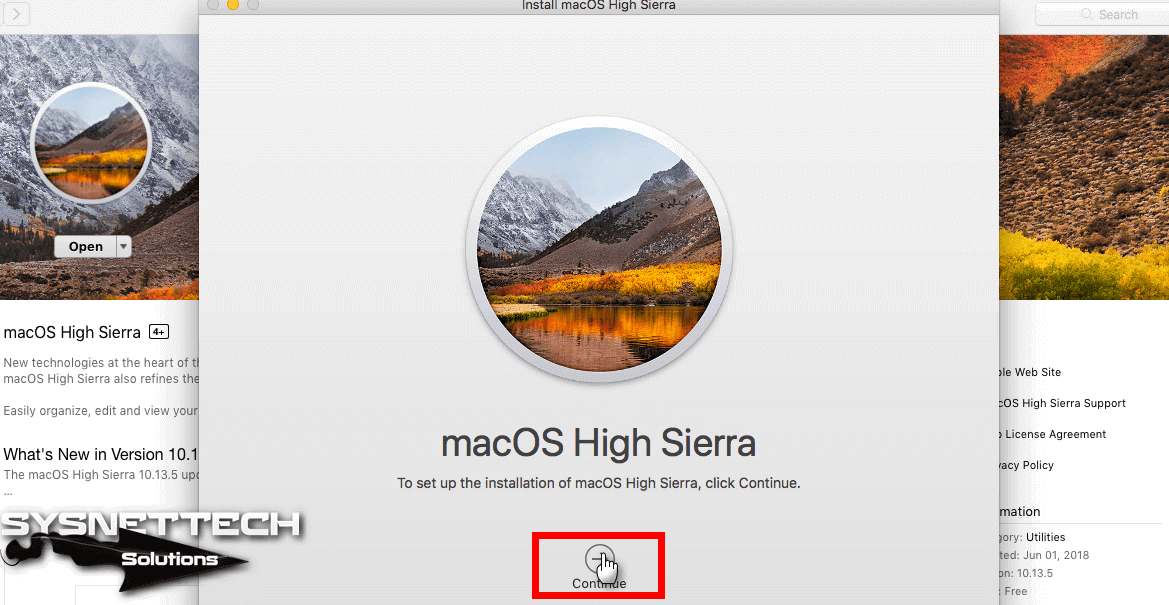
As far as OS versions are concerned, you can install it on any device that runs OS X Mountain Lion and later. While RAM is something you wouldn’t have to worry about, make sure that your MacBook, iMac or Mac Pro has enough space for performing the upgrade. On the other side, the upgrade requires your Mac to have 2GB of RAM and 14.3GB of storage space. And, if we are talking about MacBook and iMac, you have support for late-2009 models as well. Sum this up, and you can run macOS High Sierra on any device that was made in mid-2012 and later. Mac mini models from mid-2010 and later.MacBook Air models from late 2010 and later.MacBook Pro models from mid-2010 and later.All MacBook Models of late 2009 and later.All iMac Models that come after later 2009.The following devices will have complete compatibility with High Sierra. Shall we now check out the other things you should know about upgrading to macOS High Sierra? Compatibility – Which All Devices Work with High Sierra? Chances are, if you’re someone who uses Mac on a regular basis, you will love these features too. In short, macOS High Sierra is surely a worthy upgrade! Personally speaking, I really like the new Photos and Mail app, along with the upgrades in Spotlight and iCloud. It also brings support for advanced Virtual Reality and Graphics, for that matter. This one is faster and secure, making things a lot quicker. First of all, your Mac device will be upgraded to AFPS, which stands for Apple File System.

While these are the obvious changes, there are more upgrades under the hood.

We will be covering almost everything you should know about upgrading to macOS High Sierra.

It’s something more than a typical tutorial too.


 0 kommentar(er)
0 kommentar(er)
